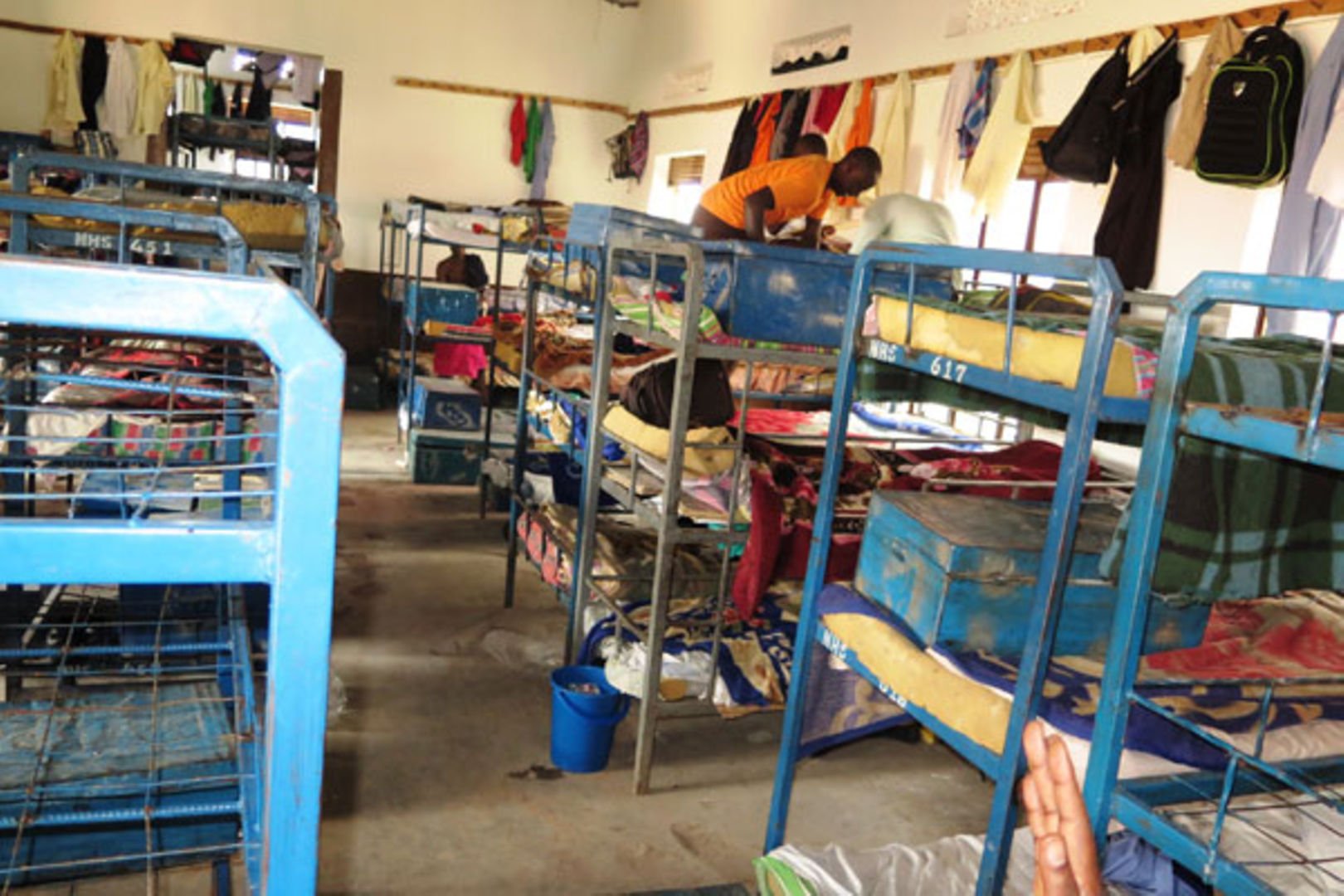Are Schools Meeting the Ministry's Guidelines for Boarding Facilities?
The Ministry of Education and Sports, through its Directorate of Education Standards, has comprehensive guidelines to ensure the safe and efficient operation of boarding sections in schools. These guidelines, drawn from the Basic Requirements and Minimum Standards (2010), aim to maintain high safety, security, and welfare standards for students. But as school fires continue to make headlines, one has to wonder: Are schools truly adhering to these regulations, or are lapses in compliance putting students at risk?
The Importance of Meeting the Guidelines
The guidelines cover a wide range of critical areas, from dormitory safety, security measures, and kitchen hygiene, to proper waste management and the provision of qualified personnel such as health workers and matrons. These standards are meant to guarantee a safe and healthy living environment for students. However, despite the clarity of these guidelines, incidents like fires continue to plague schools, raising questions about whether the stipulated safety measures are actually in place.
Fires in Schools: A Failure to Adhere to Safety Standards?
School fires have become an alarming trend in Uganda, often leading to tragic loss of life and destruction of property. In many cases, investigations have revealed that inadequate safety measures, such as a lack of functional fire extinguishers, smoke detectors, congestion, or emergency exits, contributed to the severity of these incidents.
For instance, the guidelines clearly state that each dormitory should have at least two emergency exits and firefighting equipment such as extinguishers and water hydrants. But how many schools actually adhere to this? When fires break out in dormitories with no emergency exits or non-functional firefighting tools, students are left trapped with devastating consequences. Could it be that some schools are ignoring these basic safety protocols, which, if properly followed, could prevent such tragedies?
Questionable Security and Safety Measures
In addition to fire safety, the guidelines emphasize the need for a fenced school compound with controlled access and CCTV cameras for monitoring. While some well-funded schools may have implemented these measures, many others, particularly in rural areas, are yet to do so. When schools lack proper security infrastructure, the risk of intruders or potential harm to students increases, further putting their lives in danger.
Moreover, regular fire drills, which the guidelines recommend at least once a term, are often neglected. How many schools can confidently say they conduct these drills to ensure that students know how to respond in case of an emergency? The absence of such preparedness can turn a manageable situation into a catastrophic one.
Facilities and Infrastructure: Are Schools Falling Short?
The ministry’s guidelines outline specific requirements for dormitory facilities, such as adequate ventilation, spacious rooms, and no electrical sockets in dormitories—measures designed to prevent fire outbreaks and ensure student comfort. But incidents of overcrowded dormitories, blocked windows(burglar proofed), or poor ventilation continue to surface. This suggests that some schools are either cutting corners to save costs or simply neglecting the regulations, thus endangering students.
Other key provisions include having proper drainage systems in bathrooms, adequate latrines, and clean, safe dining areas. The reality, however, is that some schools struggle with providing even the most basic hygiene facilities. This not only affects the students’ health but also raises doubts about the schools' commitment to adhering to the boarding facility guidelines.
Human Resource and Health: Are Schools Equipped?
The guidelines also stipulate that schools must employ qualified health workers in their sick bays, and matrons or wardens with a minimum educational qualification and regular medical examinations. Additionally, school cooks are required to undergo medical checkups every six months to ensure they are fit for their roles. But how many schools can confidently claim they are upholding these standards?
In many cases, underqualified staff are entrusted with the care of hundreds of students, and sick bays are often ill-equipped to handle emergencies. This gap in human resource management, compounded by inadequate medical supplies, raises serious concerns about the health and safety of students residing in boarding schools.
Are Schools Truly Prepared?
The pressing question remains: Are schools adequately prepared to meet the ministry’s set standards? While the guidelines provide a clear framework for running boarding facilities, reports of fires, unsafe living conditions, and inadequate health care suggest that some schools are far from compliant.
The Directorate of Education Standards conducts inspections to ensure compliance, but it is clear that more needs to be done. Schools must be held accountable, and regular inspections should be enforced to ensure that basic safety measures, fire drills, and qualified staffing are not neglected. It is not enough for schools to have the necessary documentation and permits; they must implement the safety measures laid out in the guidelines to protect students from preventable tragedies.

